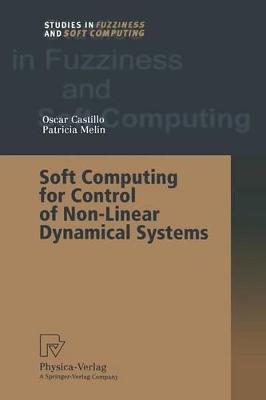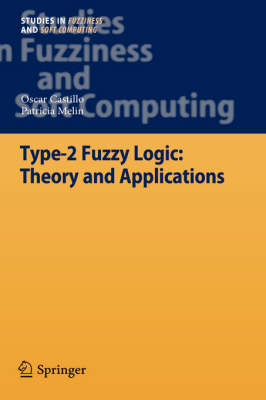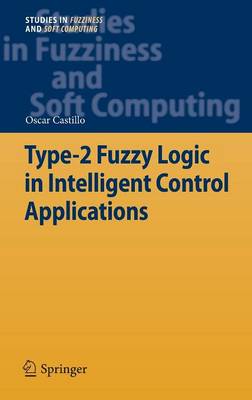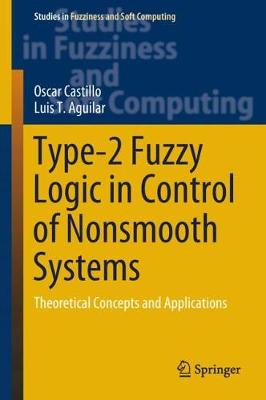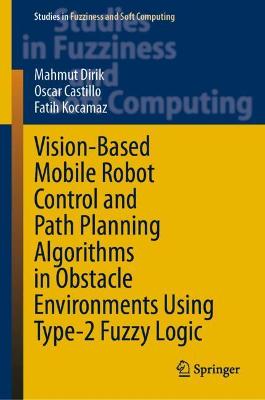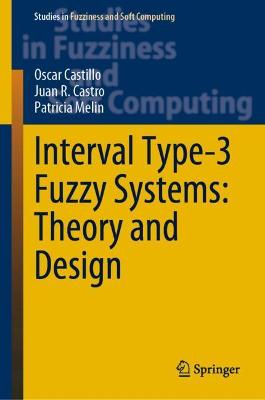Studies in Fuzziness and Soft Computing
8 primary works
Book 63
Soft Computing for Control of Non-Linear Dynamical Systems
by Oscar Castillo and Patricia Melin
Book 117
Soft Computing and Fractal Theory for Intelligent Manufacturing
by Oscar Castillo and Patricia Melin
Book 172
Hybrid Intelligent Systems for Pattern Recognition Using Soft Computing
by Patricia Melin and Oscar Castillo
This monograph describes new methods for intelligent pattern recognition using soft computing techniques including neural networks, fuzzy logic, and genetic algorithms. Hybrid intelligent systems that combine several soft computing techniques are needed due to the complexity of pattern recognition problems. Hybrid intelligent systems can have different architectures, which have an impact on the efficiency and accuracy of pattern recognition systems, to achieve the ultimate goal of pattern recognition. This book also shows results of the application of hybrid intelligent systems to real-world problems of face, fingerprint, and voice recognition. This monograph is intended to be a major reference for scientists and engineers applying new computational and mathematical tools to intelligent pattern recognition and can be also used as a textbook for graduate courses in soft computing, intelligent pattern recognition, computer vision, or applied artificial intelligence.
Book 223
Type-2 Fuzzy Logic: Theory and Applications
by Oscar Castillo and Patricia Melin
This book describes new methods for building intelligent systems using type-2 fuzzy logic and soft computing (SC) techniques. The authors extend the use of fuzzy logic to a higher order, which is called type-2 fuzzy logic. Combining type-2 fuzzy logic with traditional SC techniques, we can build powerful hybrid intelligent systems that can use the advantages that each technique offers. This book is intended to be a major reference tool and can be used as a textbook.
Book 272
Book 373
Type-2 Fuzzy Logic in Control of Nonsmooth Systems
by Oscar Castillo and Luis T. Aguilar
Book 407
The book includes topics, such as: path planning, avoiding obstacles, following the path, go-to-goal control, localization, and visual-based motion control. The theoretical concepts are illustrated with a developed control architecture with soft computing and artificial intelligence methods. The proposed vision-based motion control strategy involves three stages. The first stage consists of the overhead camera calibration and the configuration of the working environment. The second stage consists of a path planning strategy using several traditional path planning algorithms and proposed planning algorithm. The third stage consists of the path tracking process using previously developed Gauss and Decision Tree control approaches and the proposed Type-1 and Type-2 controllers. Two kinematic structures are utilized to acquire the input values of controllers. These are Triangle Shape-Based Controller Design, which was previously developed and Distance-Based Triangle Structure that is used for the first time in conducted experiments. Four different control algorithms, Type-1 fuzzy logic, Type-2 Fuzzy Logic, Decision Tree Control, and Gaussian Control have been used in overall system design. The developed system includes several modules that simplify characterizing the motion control of the robot and ensure that it maintains a safe distance without colliding with any obstacles on the way to the target. The topics of the book are extremely relevant in many areas of research, as well as in education in courses in computer science, electrical and mechanical engineering and in mathematics at the graduate and undergraduate levels.
Book 418
